Gazing at the mesmerizing galaxy flower design is like embarking on a cosmic journey through interstellar space. This particular species of Petunia boasts a striking appearance that mimics the celestial night sky, complete with heavenly bodies scattered throughout. The Night Sky plant is an ideal choice for anyone looking to infuse their landscape with otherworldly charm and beauty.
If you’re considering adding these gleaming petals to your garden, it’s essential to understand their unique characteristics. In this article, we’ll provide you with all the vital information you need to know about these exquisite Petunias. So, keep on reading to learn more and prepare to bring a piece of the universe right to your backyard!
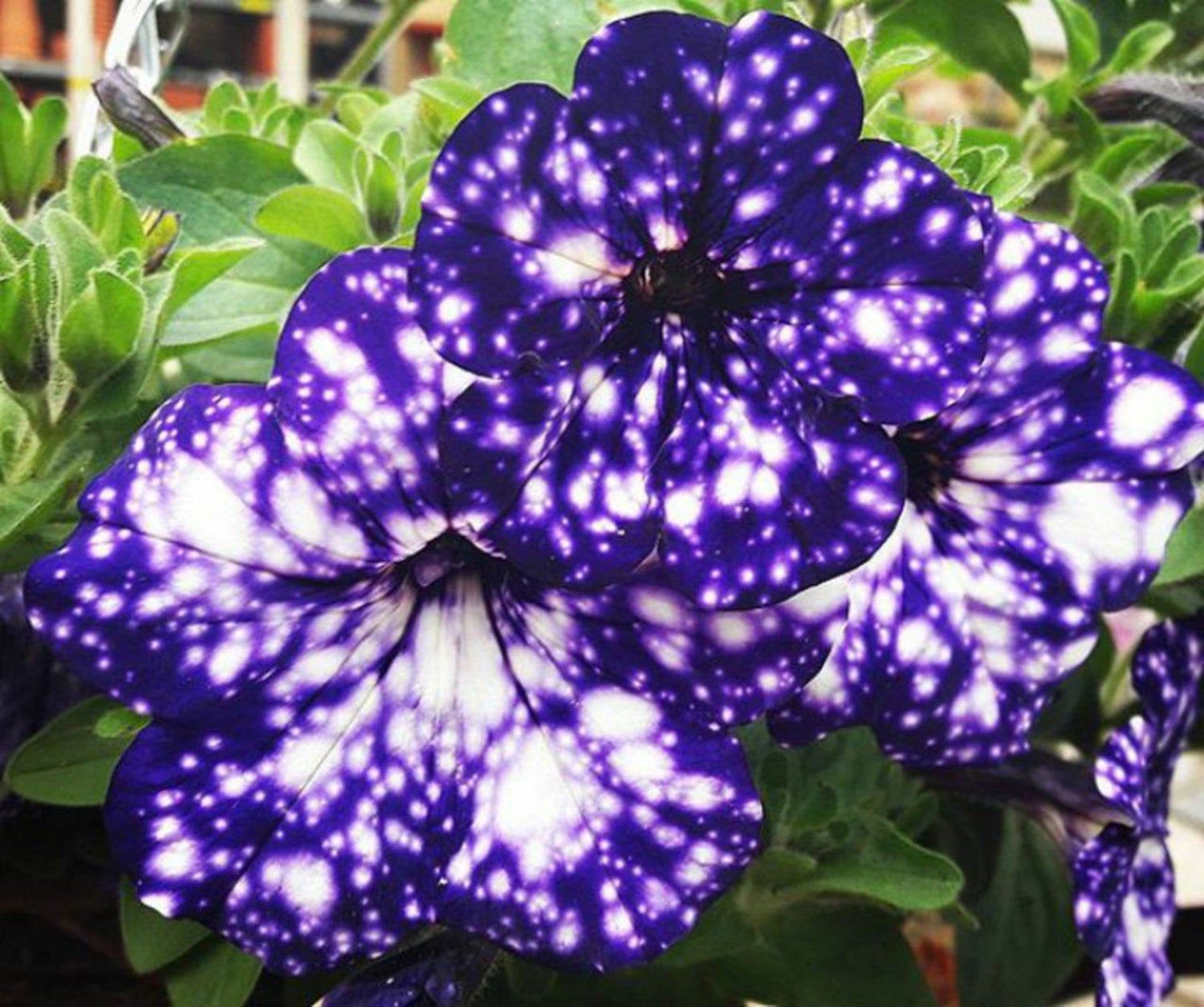
The Petunia Night Sky, also called the Galaxy Petunia, is a stunning flower that blooms in early summer, fall, and late spring. It has green foliage and comes in various shades of purple, blue, and white. Due to its funnel-shaped flowers and sessile leaves, this annual plant is a popular option for insect pollination. Its compact upright and sprawling growth habit make it perfect as container fillers.
One of the most distinctive features of the Night Sky bloom is its rich purple petals with white dots that contrast beautifully with the light green leaves. The Galaxy Petunia can grow up to 25-41 centimeters tall and spreads at a width of 61-91 cm. To thrive, these semi-trailing plants require ample space between individuals, typically around 23-31 cm apart.
Aside from its beauty, the Galaxy Petunia has some interesting facts that make it a fascinating plant to cultivate. For example, it was discovered in 2015 by a Dutch breeder who spent years developing its unique coloring and pattern. Its mesmerizing appearance has earned it the nickname “Starry Night” because of its resemblance to Vincent Van Gogh’s famous painting. Whether you plant it in your backyard or add it to a container garden, the Galaxy Petunia is certain to impress all those who see it.

The Galaxy flower is a fascinating plant characterized by its distinct white markings on the petals. It’s worth noting that each petal exhibits a unique pattern, and the number of white spots varies depending on the temperature. Warmer temperatures result in purple petals, whereas cooler temperatures produce mostly white petals. However, an ideal climate that comprises warm days and cold nights can achieve both colors.
Another stunning flower variety is the Petunia, which boasts an impressive range of colors, including red, yellow, pink, white, and various patterns. Interestingly, this celestial plant has close relations with tobacco, eggplants, and potatoes.
The Galaxy flower, bred in 2015 as an improvement on the Night Sky variety, has become one of the most sought-after cultivars for its exceptional qualities. These beautiful flowers fulfill multiple purposes, such as decorating flower beds, attracting butterflies and hummingbirds, providing a pleasant fragrance, serving as ground cover, and thriving as houseplants in containers.
Besides their white speckles, Galaxy flowers come in several unique colors, such as magenta, lavender, and royal purple shades, accompanied by different-sized speckles that create a sparkling appearance similar to stars in the sky. Compared to the Galaxy rose, which has a holographic coating, the Petunia is more visually appealing and boasts a delightful scent.
All in all, Galaxy flowers are eye-catching plants with versatility, making them popular among gardeners and flower enthusiasts worldwide.
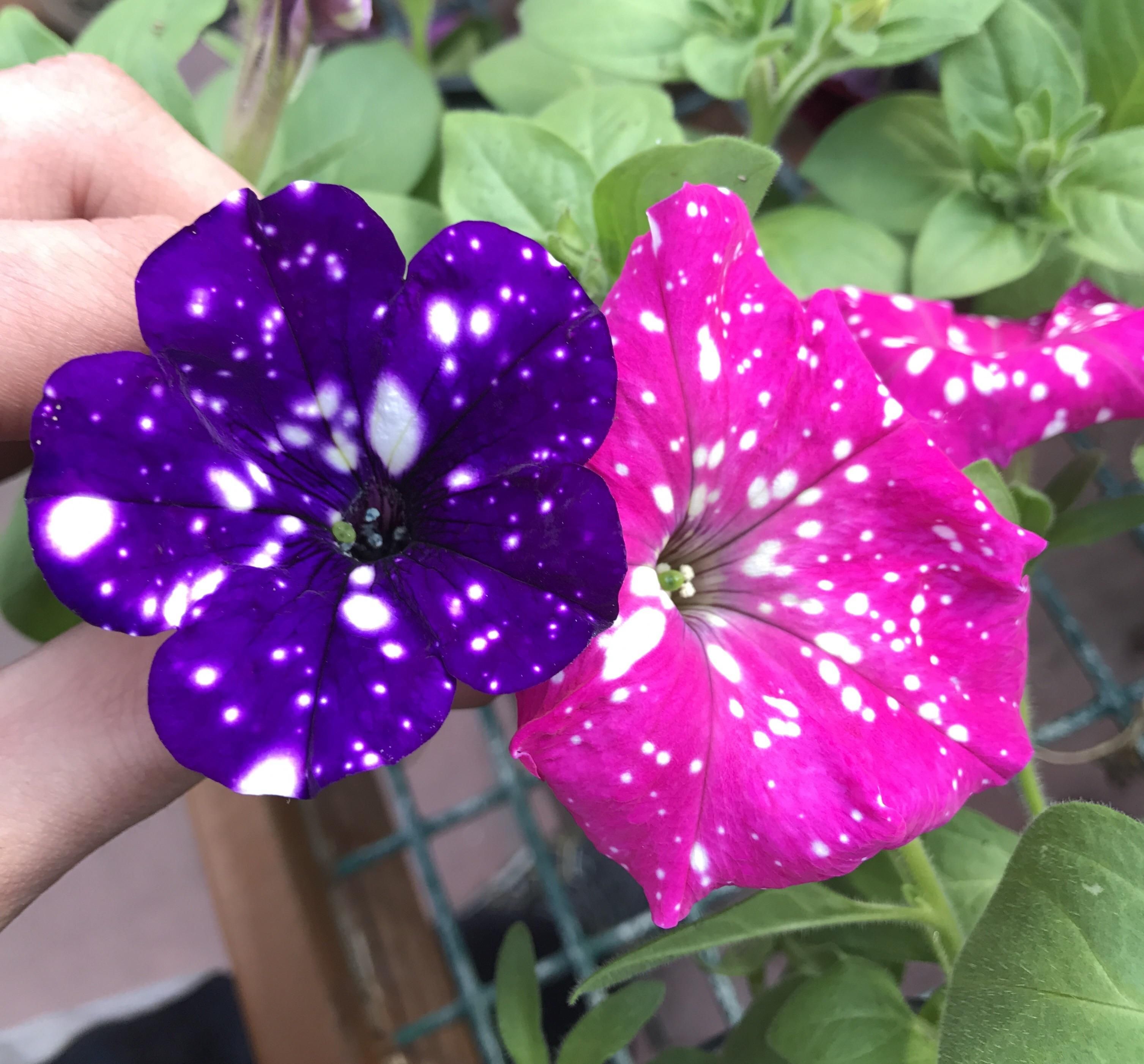
The Solanaceae family of plants includes the Petunia, which boasts 35 different species including single and double-bloom varieties. A particular standout within the Petunia family is the Galaxy cultivar, which offers three stunning types: Night Sky, Pink Sky, and Violet Gemini. Night Sky features deep purple flowers on dark grayish-green ovate leaves with sticky-hairy surfaces, making it a perfect choice for container gardening or garden beds. Pink Sky, on the other hand, displays cherry hot pink blossoms speckled with white petals that vary in density based on factors such as light exposure, soil pH, and temperature. Finally, Violet Gemini showcases electric violet flowers with white splashes that consistently create dazzling starry patterns. Adding Celestial Petunia to your outdoor space – whether you choose hanging baskets, planters, or garden beds – will undoubtedly give it an extra charming touch.
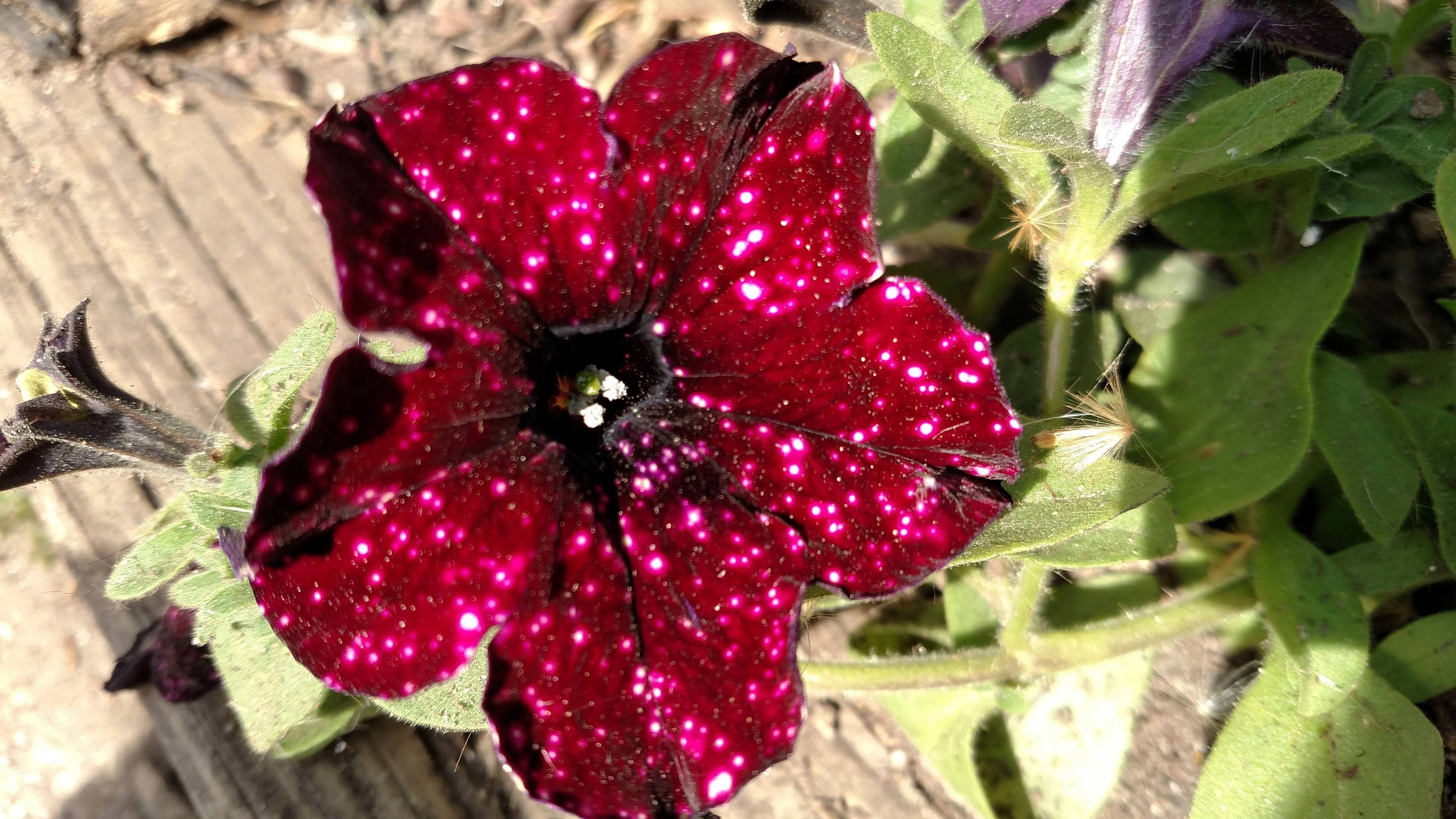
The Galaxy flower is an annual plant that can last up to three years with the right care. You can ensure the longevity of the Night Sky blossoms by taking a few simple steps. Firstly, be sure to give them proper attention and care. Secondly, keep them away from low temperatures to maintain their vibrant colors for the next growing season. If you plan to have these beautiful flowers in your garden, it is best to transfer them to pots and keep them in a covered area, such as a garage or greenhouse, to protect them from harsh weather conditions. Lastly, grow these plants indoors as a greenhouse plant before moving them outside for the spring season. By following these tips with dedication and care, you can enjoy the enchanting beauty of the Galaxy Night Sky flowers for many years to come.
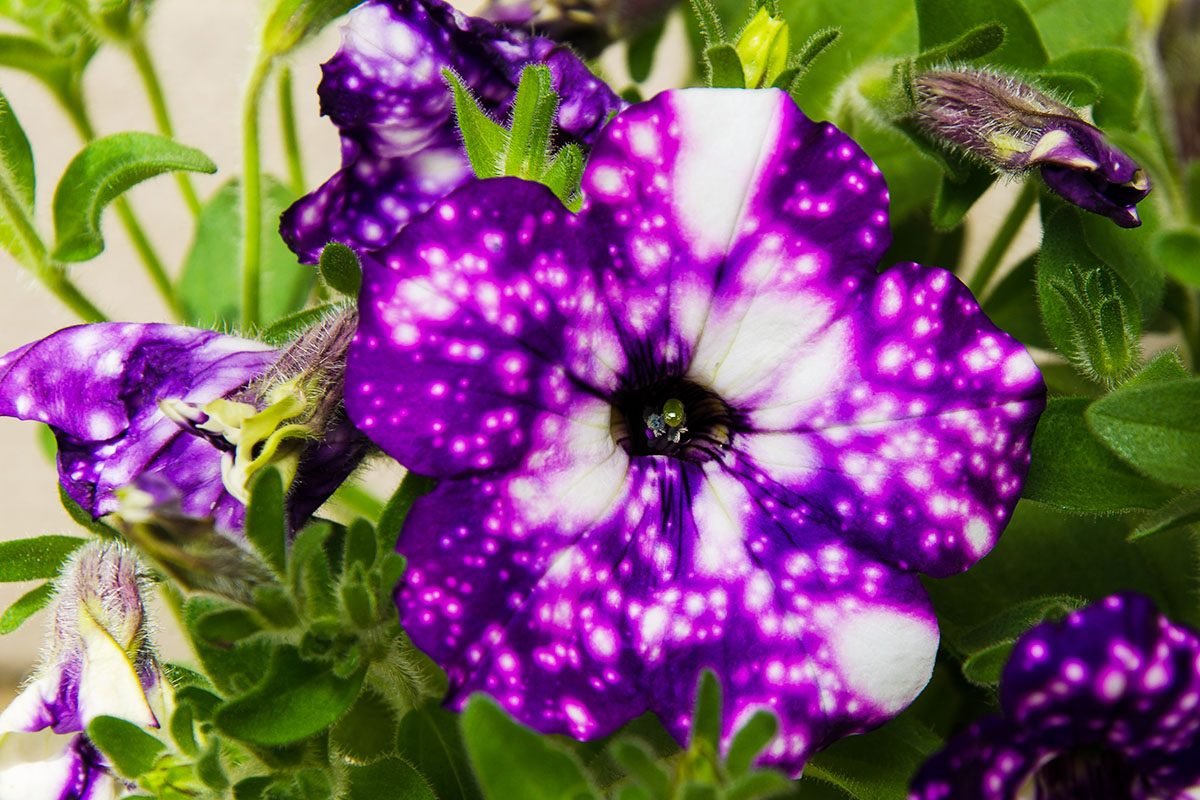
If you’re looking to grow stunning Galaxy Flowers, it’s important to provide them with the right conditions. Luckily, they can thrive both indoors and outdoors without requiring any particular soil type. In this article, we’ll delve into the specifics of cultivating these gorgeous blooms.
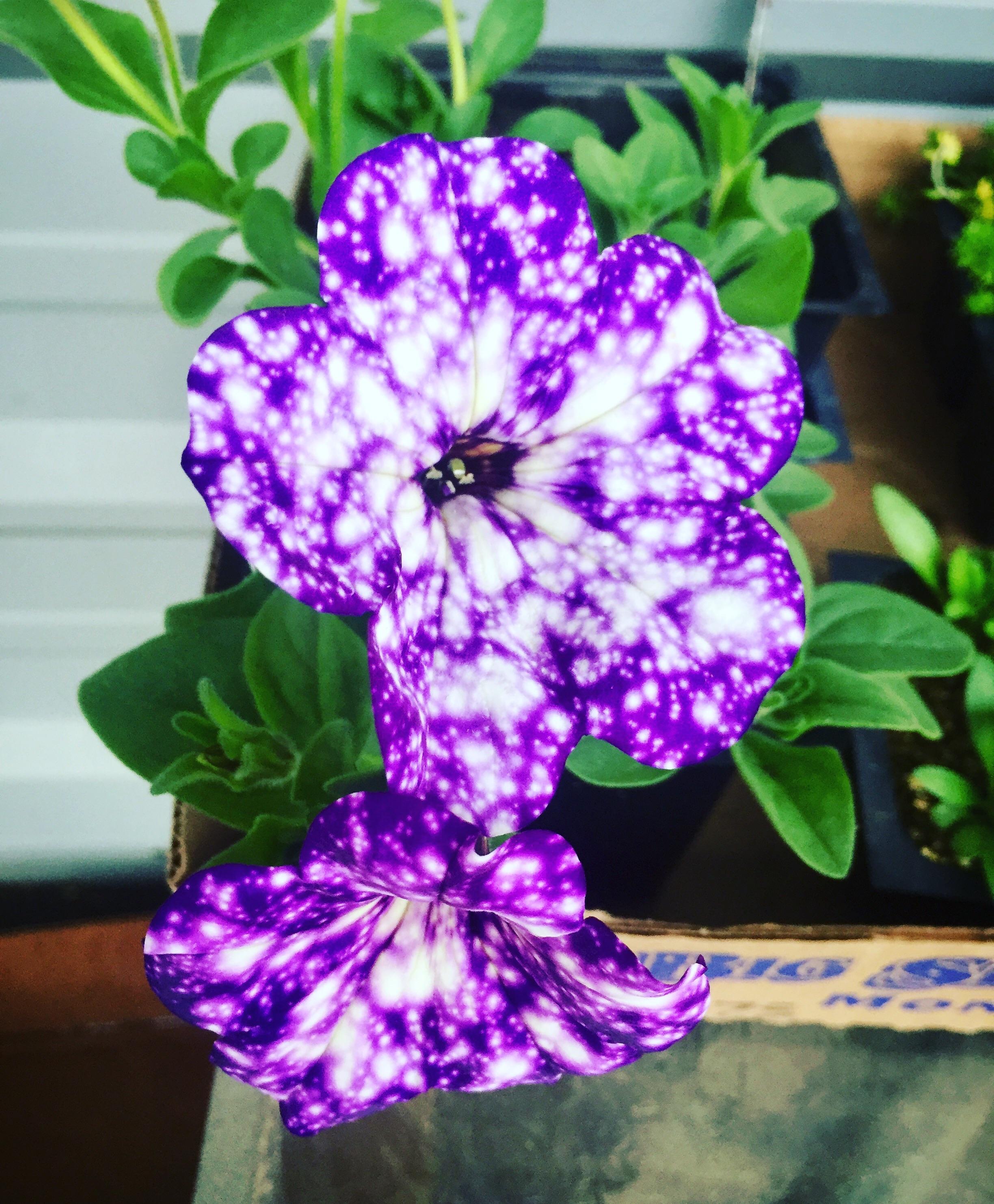
If you’re thinking of adding Night Sky flowers to your garden, it’s essential to take some factors into consideration. To begin with, the type of soil you have plays a crucial role. Sandy or loamy soil is ideal for these plants. It’s also important to plant them in areas that receive plenty of sunlight, are moist and well-drained, and have adequate nutrients. The soil pH level can range from neutral to acidic or alkaline. Furthermore, these flowers require at least 5-6 hours of full sun exposure daily. Lastly, handling seedlings with care is key to ensuring they grow healthily and produce vibrant blooms.
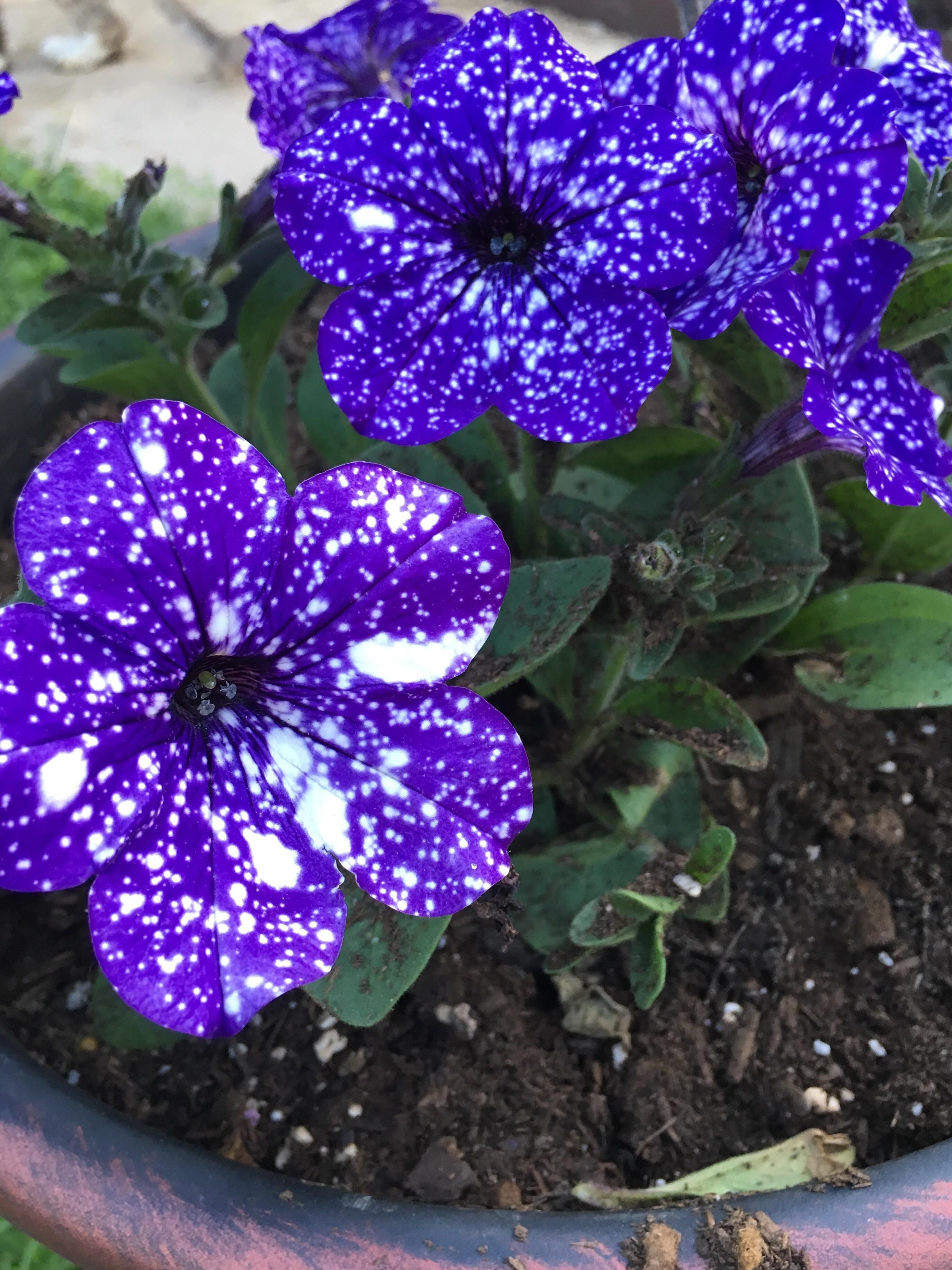
To successfully grow Petunias, it is recommended to start by sowing the seeds indoors early on. You can transplant them outside once they have grown for about two months. When dealing with seedlings, use a soilless seed starter kit and gently press the seeds into the formula. After roughly 14 days, the seedlings should begin to sprout, and it’s important to provide them with at least 16 hours of light each day. To keep the plant healthy, it’s best to use fluorescent lamps instead of incandescent bulbs.
When the seedlings have grown their second set of leaves, it’s time to thin them out. Additionally, after one month, it’s necessary to feed them with a starter solution to promote healthy growth. Before moving them directly outdoors, expose the young plants to outdoor conditions by placing them in a sheltered area outside for seven days. Shield them from direct sun and wind to prevent damage. At night, protect the plants from frost or move them inside.
If you’re growing potted Petunias in your garden, choose pots that are large enough to accommodate the plant’s roots. Ensure proper drainage of the potting soil and that it’s appropriate for the plant species. Provide the plants with adequate sunlight, water, and nutrients as necessary. Finally, make sure that the pots are located in an area where they’ll be protected from extreme weather conditions.
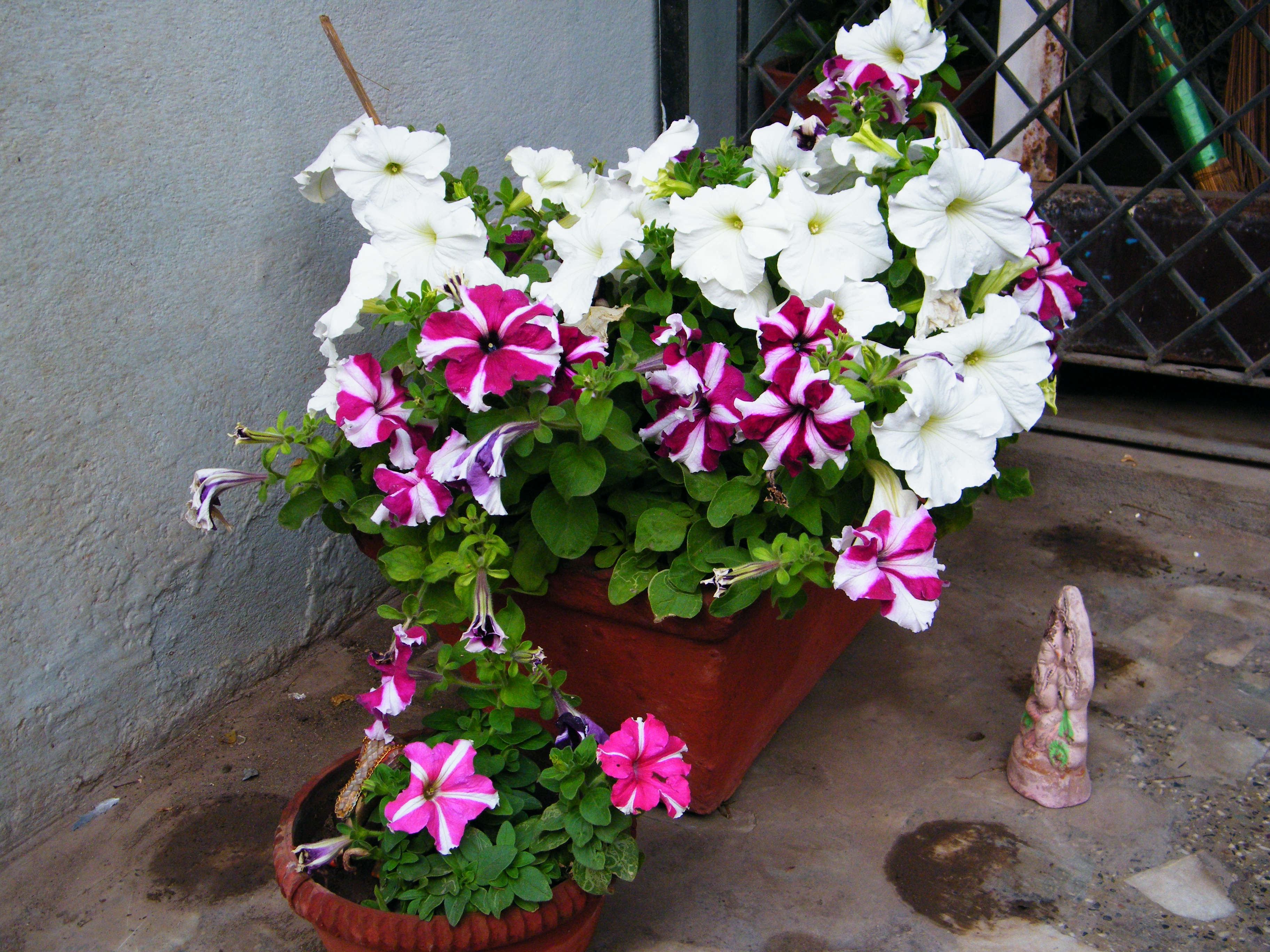
Once your plants have been hardened off, they will be stronger and more resilient, making it the perfect time to transplant them to your outdoor garden. Choose a spot with ample sunshine, good drainage, and a humid environment before preparing the soil. Remove any rocks or grass from the planting area before adding compost or organic matter to the soil surface, or you can top it with mulch. Ensure that the plants are spaced out about 15-30cm apart to allow for adequate growth. Dig a hole large enough to accommodate each plant’s root ball and cover the roots with soil up to the top surface, pressing down firmly with your hands. Make sure to water the plants regularly to keep them healthy and thriving. After transplanting your Galaxy Flowers, maintain a consistent watering schedule, give them plenty of sunlight, and consider using fertilizer or plant food to provide extra nutrients and encourage growth. By following these simple tips, you can enjoy the beauty and health of your flowers all season long.
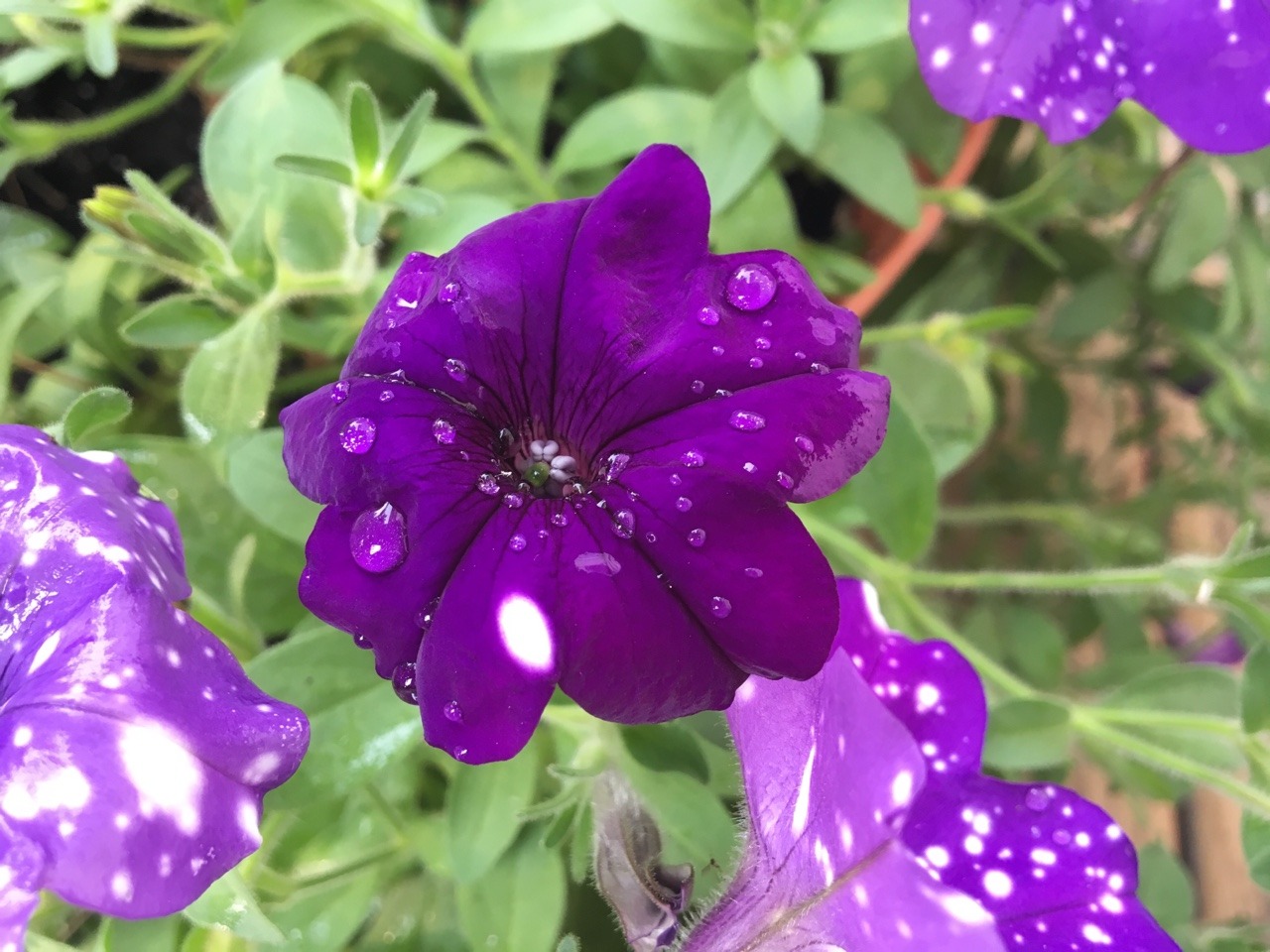
To maintain the health and beauty of your Galaxy Flowers, it’s important to give them regular care and pruning throughout the growing season. If you’re growing them outside, don’t forget to fertilize them every three weeks, which will help promote flower growth. Trimming and deadheading are also important tasks that you should stay on top of. By following these simple tips, you’ll be able to give your beloved Galaxy Flowers the care they deserve.
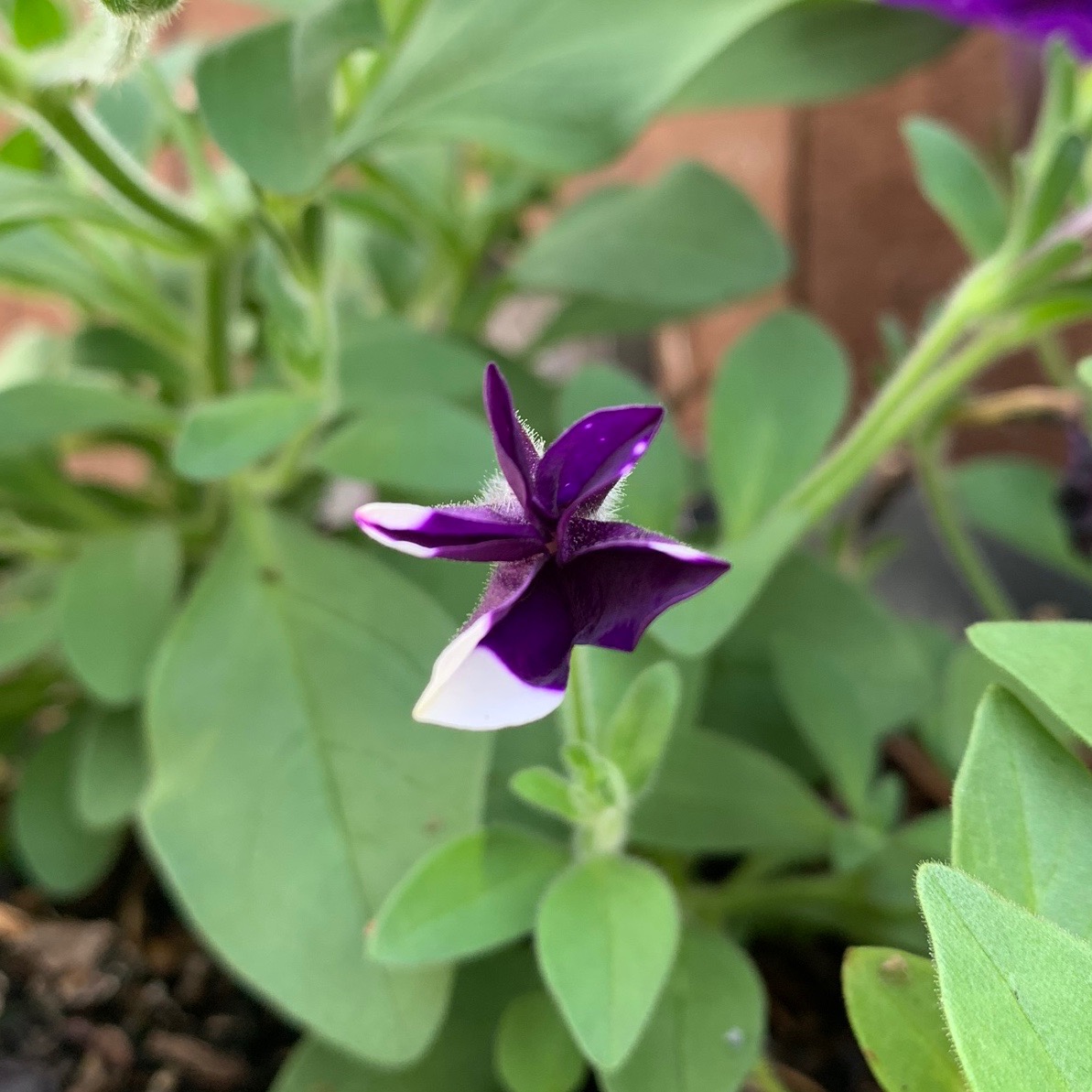
During the growing season, it is essential to maintain certain elements and meet specific requirements. Here are some crucial points to keep in mind:
– Weeds must be controlled as they consume the nutrients, water, and space that the plant needs. Regular planting can help prevent grass from sprouting.
– Mulching is beneficial in retaining soil temperature and moisture.
– The plant stem should be protected against rot by covering it with sawdust or other protective materials.
– A rain gauge can help monitor the plant’s water requirements.
– Petunias should be watered using a trickle or drip system instead of overhead sprinklers to avoid health problems.
– Night Sky blossoms need to be protected from hot sunlight and extreme wind.
– Proper air circulation among plants should be allowed.
– Pruning shoots helps promote compact growth and branching.
– Removing deadheads is beneficial in encouraging better and larger blossoms.
– It is also crucial to implement effective measures for pest and disease control.
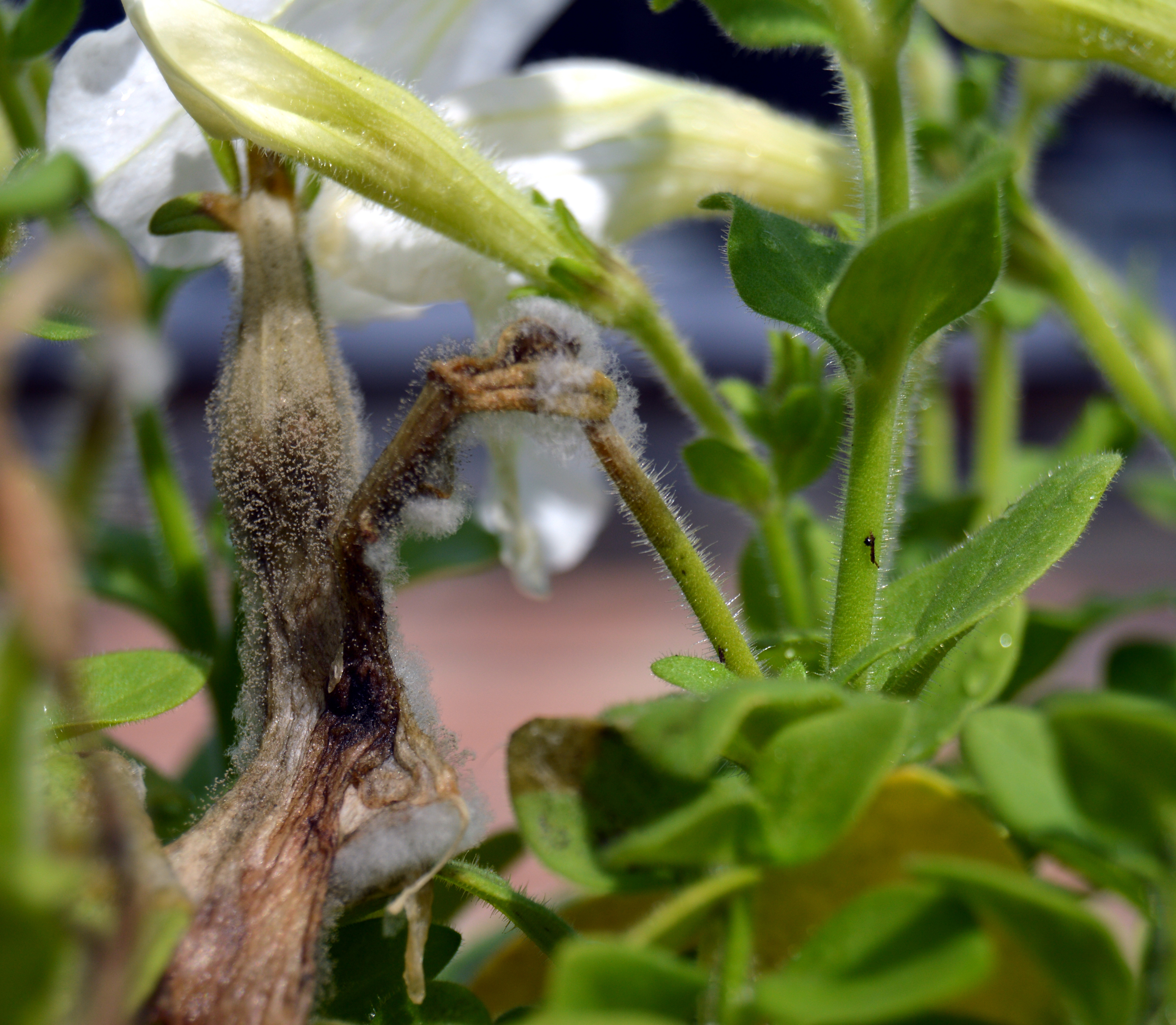
If you happen to be a proud owner of a Night Sky Blossom, it’s important to keep an eye out for any potential diseases or pests that may harm the plant. While this particular type of plant may seem tough and able to handle some neglect, these problems can still have a detrimental effect on its growth and health. With that said, it’s crucial to take a proactive approach when it comes to protecting your Petunia.

Numerous pests pose threats to plants, from caterpillars that feast on leaves and buds, to mites that induce wilting and curling of leaves and flowers. These pesky creatures often hide in dense foliage but can be manually removed. Neem oil is a useful tool in controlling mite populations. Thrips are another pest that can cause color changes in Galaxy flowers and transmit viruses. Other common culprits include slugs, snails, aphids, leaf-mining sawflies, and glasshouse whiteflies. Sadly, plants don’t just have to deal with pests; they also face the risk of various diseases.

To maintain the health and growth of your Galaxy flower, it is essential to be aware of possible diseases that could affect it. Below are some tips on how to prevent or treat specific illnesses:
1. Botrytis Blight: This disease causes brownish-gray spores to grow on petals and leaves, leading to discoloration and spots. To avoid this, reduce watering when you notice the signs and remove any infected parts by pruning them.
2. Root Rot: Overwatering or poor drainage can cause stem and crown damage, resulting in wilted leaves and soft stems. To prevent this, amend your drainage system and water less frequently.
3. Powdery Mildew: Insufficient airflow in a confined space can lead to white spores covering the leaves and flowers. You can use neem oil as a treatment for this illness.
4. Viruses: Yellow spots, bullseyes, halos, and mosaics are typical symptoms of viruses affecting the Galaxy flower. Unfortunately, there is no cure, but you can minimize infection by being mindful when trimming the plants and controlling small insects that carry the viruses.
5. Verticillium Wilt: This illness weakens the plant, causing sections to die or older leaves to wither before the younger ones. To decrease fungal infection, expose the planting area to intense sunlight.
By following these smart planting tips, you can keep your Galaxy flower healthy and thriving!
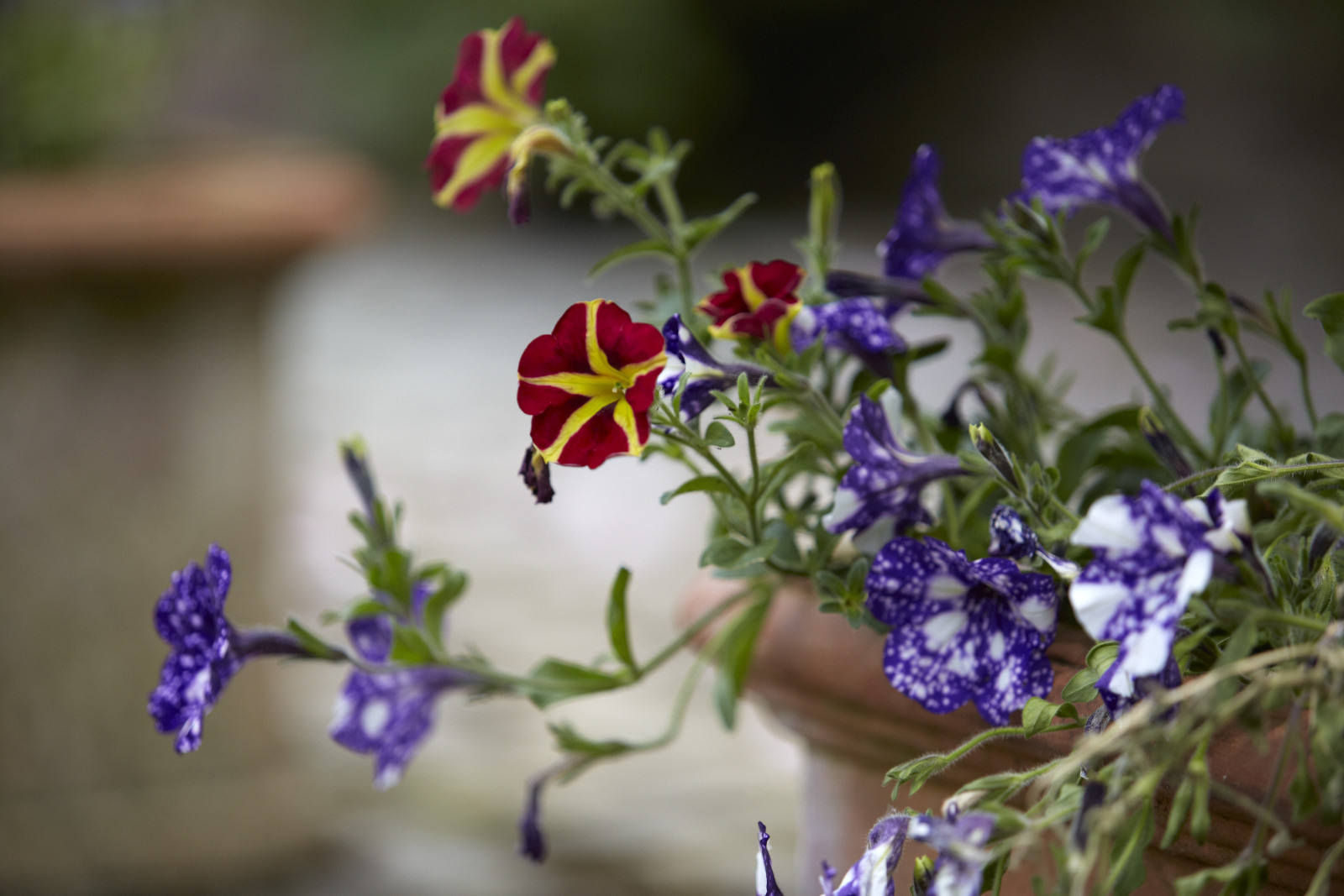
Growing Galaxy flowers can be a challenge due to their sensitivity to environmental changes, but there are some helpful tips you can follow to successfully cultivate these stunning blooms. It’s best to plant them during the colder months of spring, as temperature affects the flower’s pattern. Colder temperatures induce more starry blotches, while warmer temperatures bring out more purple petals. Adequate sunlight is crucial to encourage blooming, so make sure to expose your plants to enough light to avoid leggy growth. Avoid waterlogged soil and use 10-10-10 fertilizer for constant blooming. Start seedlings in late February for optimal growth, but mid-May or early-June is ideal in most areas. Be cautious with watering to prevent waterlogging and disease, and consider adding iron to improve soil quality. For a captivating display, try hanging installations to hide unsightly areas around your home. You may also want to plant companion plants that complement the Galaxy Petunia.
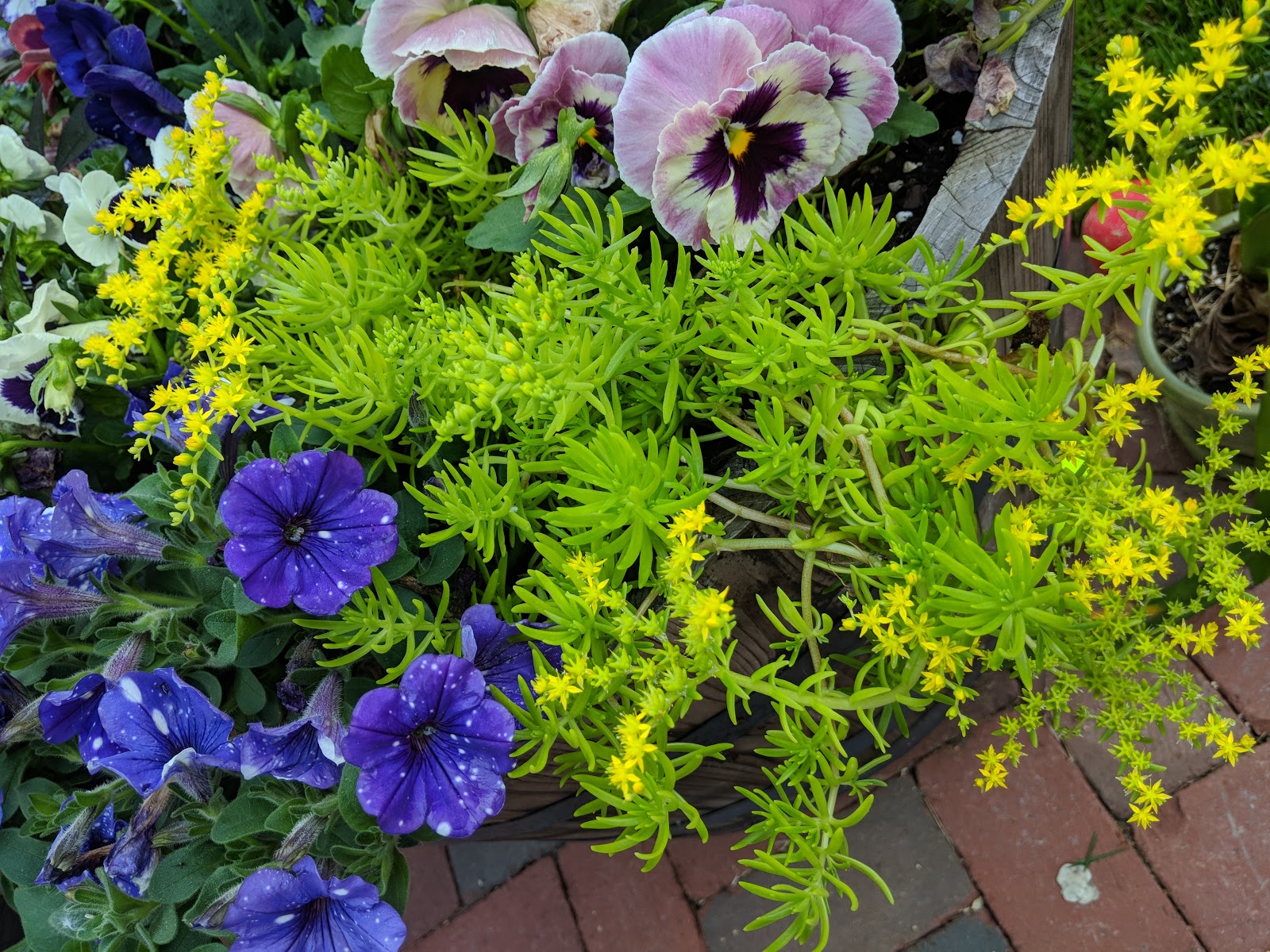
The Night Sky bloom is a flexible and adaptable plant that can thrive in various growing environments, such as raised beds, hanging baskets, containers, and pots. Its vivid colors and white patterns make it an ideal companion for other plant species, particularly vegetables and herbs. To create an attractive arrangement, try combining the Galaxy flower with other plants in innovative ways. For instance, you can pair different varieties of small Petunias in a hanging basket or opt for taller flowers to showcase behind the low-growing Night Sky buds in a raised bed.
It’s crucial to select plants that offer season-long enjoyment and balance the robust growth of the Night Sky flower. Some excellent companion plants include candytuft, Lupines, Iris, Allium, Red Salvia, Black-eyed Susan, Daisies, Snapdaons, Bright Blue Lobelia, Delphiniums, and Orange Dwarf Zinnias. For hanging baskets, Calibrachoa, Verbena, and Bacopa work great.
All in all, the Galaxy flower is a stunning addition to any garden. It brings a cosmic touch to both indoor and outdoor spaces, making it an ideal choice for gardeners who want to add some unique style to their plants. With its adaptability and beauty, the Night Sky bloom is sure to be a favorite among gardening enthusiasts.
